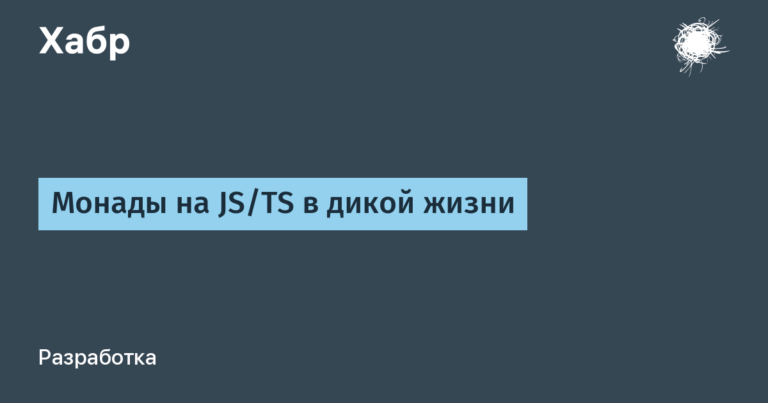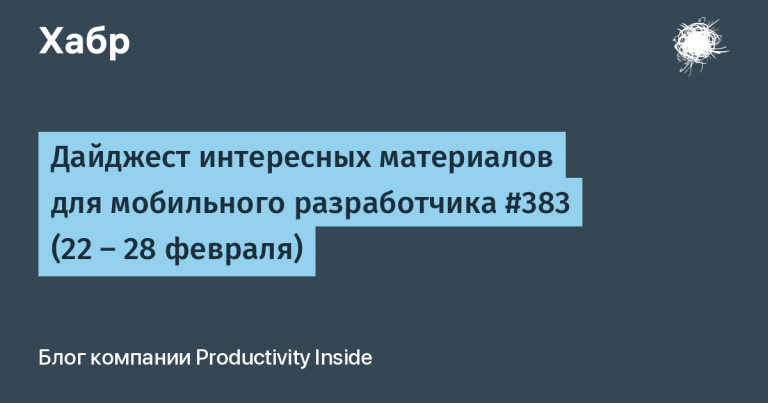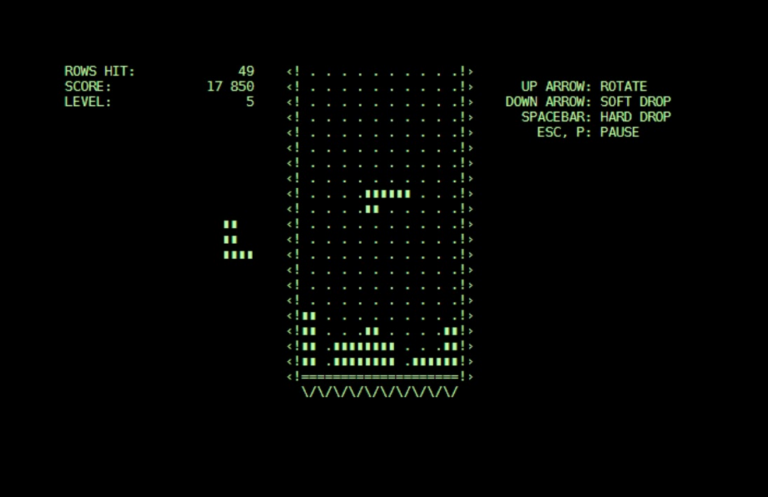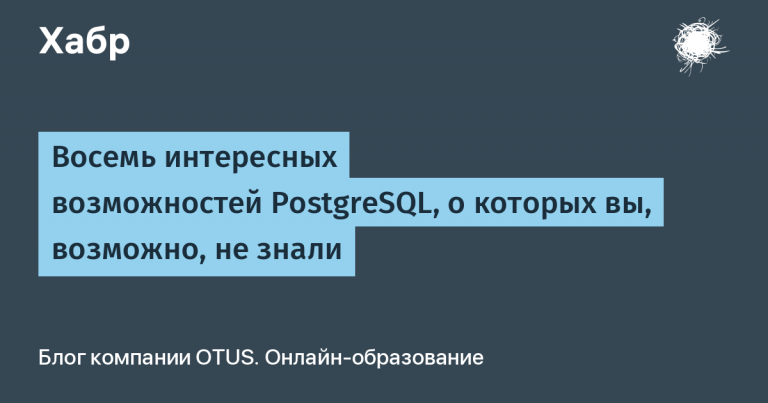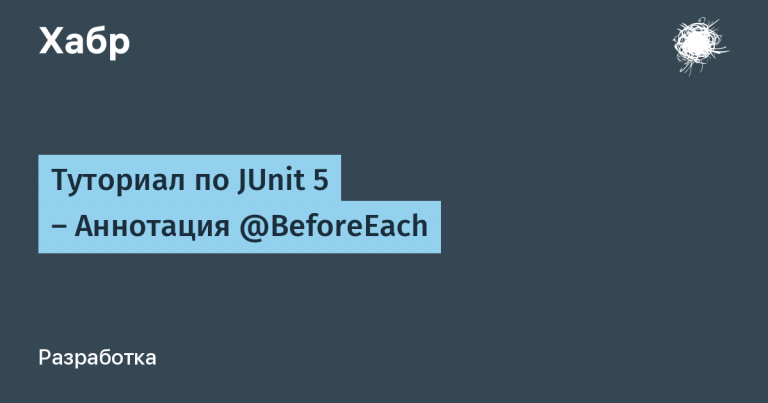what is it and what are its principles? Part 2
Hello! My name is Kirill Pokladov, I am the IT Director of corporate, investment and depository business at Rosbank. Last time I talked about some of the principles of our engineering culture.

Today I will continue to introduce you to other principles that help improve processes in the fast-changing world of IT.
I think about how it will work after me
We actively share knowledge about current solutions and unique competencies with teams to avoid the BUS factor. We create a basis for change and development to make the work of future generations of developers easier. Using my own example, I will tell you how this principle is implemented in practice.
I openly tell the team about our decisions and the decisions of the bank’s top management team, explain why such a decision was made, what it is based on and what benefits it will bring us. We meet with related teams at least once a quarter for general synchronization, tell them what we have done and what our immediate plans are, what mutual influence there is between us.
We also work individually with our key employees, support and develop them, while trying to ensure that they develop other employees as well, rather than keeping all their knowledge to themselves. And of course, the team documents all technical information in Confluence so that every employee has access to the necessary knowledge.
There is only one thing more valuable than time. This is your reputation. Neither time nor effort should be spared on this main value. Therefore, leave behind good code, clear documentation, in general, make sure that you are remembered only with good words and mentally thanked.
I understand why I do it
A key principle that determines the direction and motivation of each engineer on the team. Our actions gain true meaning when we understand what problem we are solving and how our actions contribute to overall success.
If I don’t understand why I’m doing something, why, what problem I’m solving, then I’m not interested, I lose the meaning of my work. As you understand, the output will be a corresponding result. Therefore, it is mega important to understand why you are doing something, you need to feel the value of your work. Don't be afraid to clarify the purpose and purpose of the task you are doing. It is important! In any task.
He will tell you more about the implementation of this principle using the example of post-analysis of mass failures. Natalia UdaltsovaChief IT Manager for IT Process Management IM\REQ:
Conducting an analysis of incidents that may affect our clients and, as a result, cause both material and reputational losses to the bank, is a high priority for us.
This activity is key to the development of the bank and maintaining customer satisfaction. The main goal is to ensure stability and quality of service so that customers are satisfied and appreciate the services provided.
For a detailed analysis of incidents, we found top practitioners who successfully implemented IT support into everyday life in order to follow the goal.
A traditional weekly ritual is a retrospective on significant failures. Here we examine root causes, failure triggers, check for monitoring, and plan actions to help avoid recurrence. To make the meeting effective, we invite not only those responsible for solving the failure, but also representatives of the situation center, the change implementation committee and other potentially interested teams. An expanded composition of participants helps resolve issues not through long correspondence, but here and now. For cases where the cause of the failure is unknown or has not been eliminated, we transfer the failure to the Problem Management plane
For critical failures, we organize a Post mortem – a detailed analysis of the chronology of the incident with the involvement of employees who eliminate the failure, IT managers and the situation center. Here we analyze the moments in which we could reduce the solution time, identify areas of growth, and also highlight for ourselves successful practices that helped in the moment. This tool in our bank exists both at the level of the entire IT management and within support teams.
We regularly monitor the status of all tasks set at a retrospective or during a Post mortem, and also organize Problem boards – meetings on tasks and problems that have been carried out for a long time. This helps not just to talk, but to implement previously set tasks.
It is important that when using these and other practices, we do not isolate ourselves within IT teams, but involve business and are not afraid of feedback. It is here that we see areas of growth and the highest priority points in development.
I'm not afraid of problems, I speak openly
The one who does nothing makes no mistakes. We openly acknowledge that problems are an inevitable part of our daily work. Instead of hiding them under the rug, we chose the path of learning from mistakes. Openness and courage in admitting problems is a key factor that gives the team invaluable experience. Believe me, this is a much more mature and adult approach than staying silent and hoping that it will resolve itself. Hope is a bad strategy.
The format of the events is based on this principle. F#ckUp Review in Rosbank. The director of the IT support department for users and clients of digital services will talk about it Alexander Denisov and Head of Application Support Department Maxim Emelyanov:
As part of our guild of administrators, we hold meetings where we analyze in detail the causes of recent incidents. We sought to do this in the format of tragicomedy, farce and grotesque, in order not only to emphasize the importance of the process and make it more memorable, but also so that the speakers did not feel tension and talked about mistakes in a relaxed manner.
Target F#ckUp Review not only discussing what happened, but also drawing system conclusions that can be useful for other teams. We are committed to sharing our experiences and helping others learn from similar situations. And all this in an informal setting.
As an example, at one of the meetings F#ckUp Reviewdedicated to another non-standard incident, the speaker built a story by answering the questions:
How did we wait, fear an incident and catch it?
How did we avoid regulatory backup restaurants and end up with an incident?
How did we not have time to complete the work that would have eliminated the incident?
And what saved us in the decision?
The conclusions are relevant for many teams: monitoring tuning, continuity of the vendor support contract, and routine work is routine because it needs to be done on time.
How does engineering culture work?
Engineering culture is relevant not only for those directly involved in development. The values of an engineering culture are applicable in any field, be it development, testing, administration or project management. They provide a common framework that helps form a unified team working towards a common result.
The engineering culture of Rosbank is not a static code, but a living organism amenable to evolution. The values that seem core to us today may change in the future in response to new challenges, technological trends and our own experiences.
It is also important to remember that without proper management, it can become spontaneous and ineffective, missing important opportunities and ignoring potential problems. Therefore, it is necessary to create an enabling environment for culture development, including setting standards, training staff and attention to feedback, so that it becomes a source of competitive advantage and ensures development.
I would be happy to discuss with you which internal processes increase development efficiency in your company. Welcome☺
